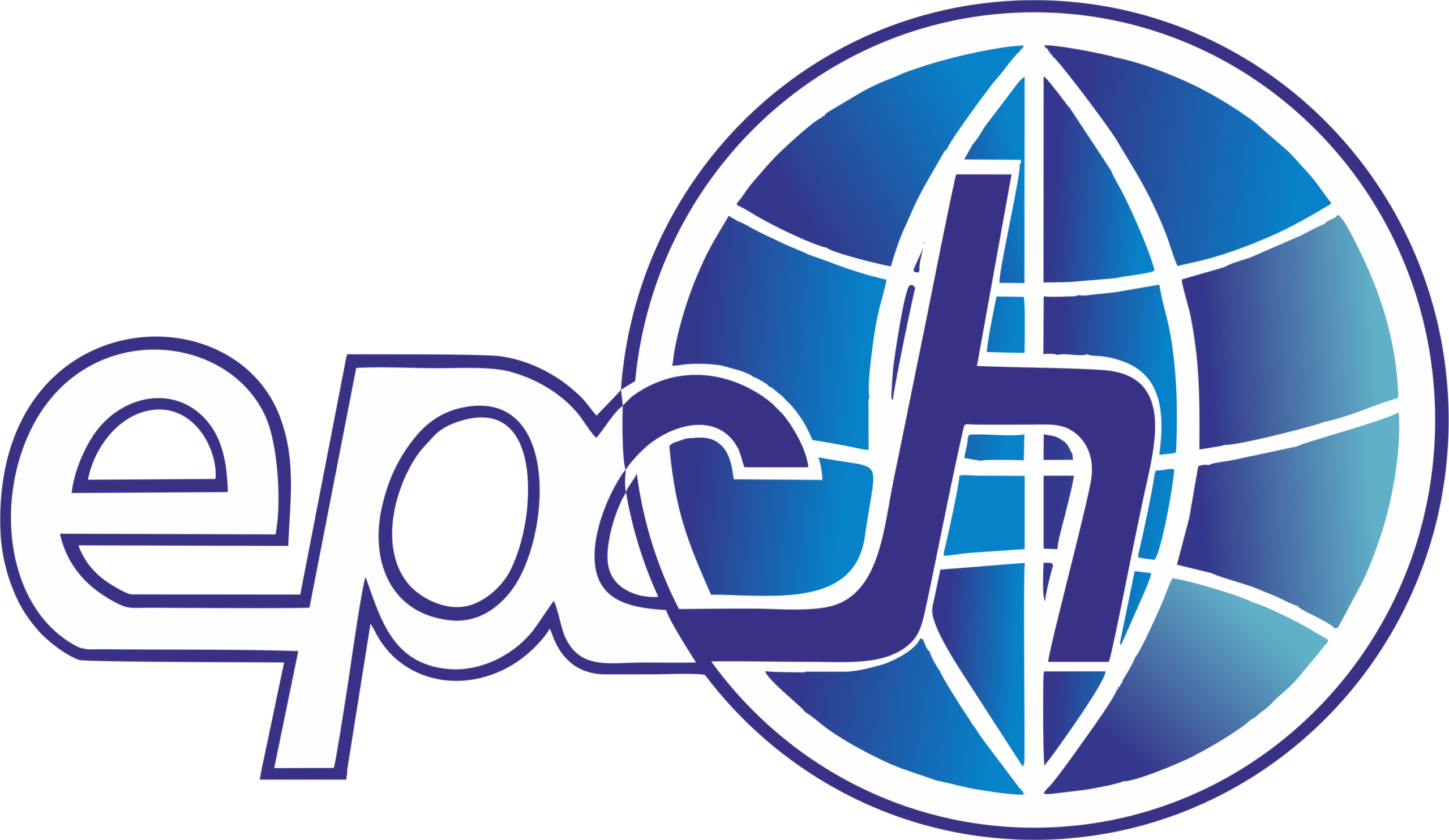Reputed App and Software Development Company
GIKS is one of the top software and mobile app development companies in Canada. Renowned for our exceptional expertise and comprehensive services, GIKS has established itself as a key player in the Canadian tech industry. We have a team of skilled developers, designers, and project managers work collaboratively to create bespoke software solutions and cutting-edge mobile applications for a diverse clientele. With a customer-centric approach, we prioritize understanding the unique requirements of each project and delivering tailor-made solutions that exceed expectations. Mobile App Software Development .









